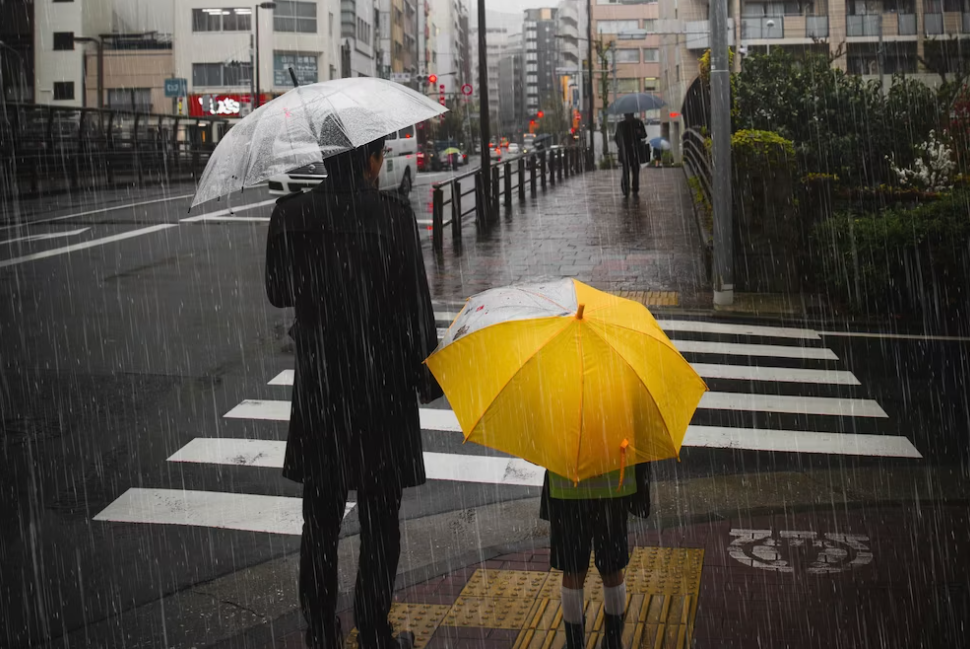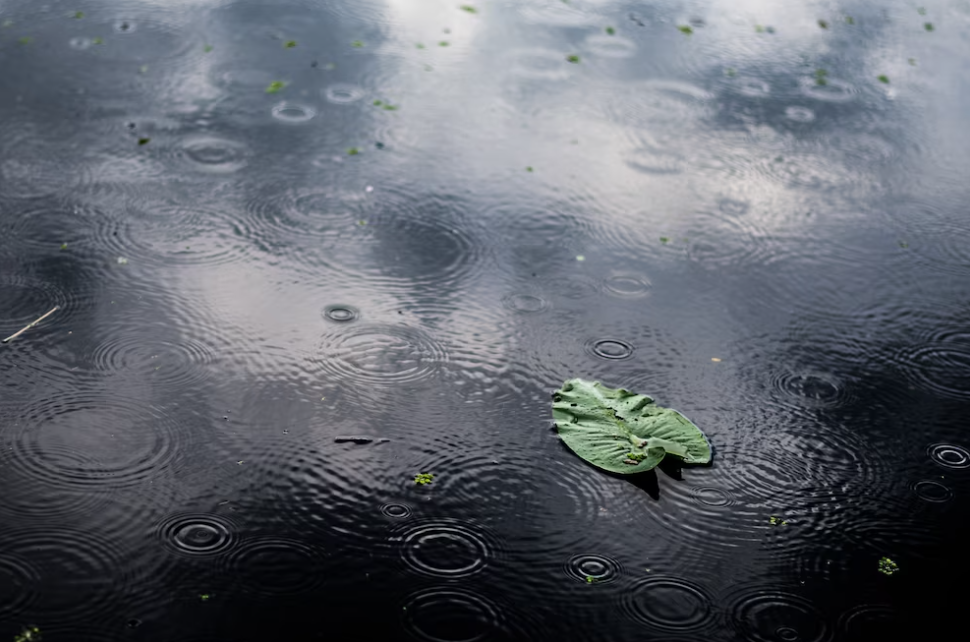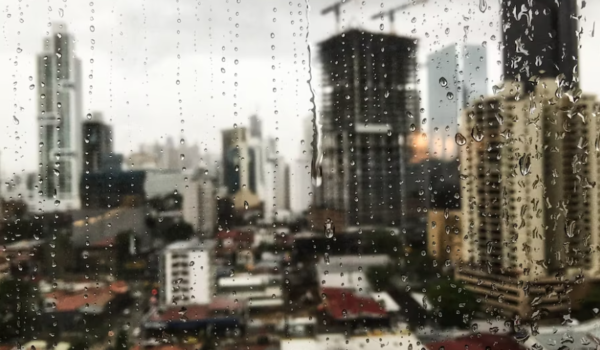Discover the captivating allure of rain photography, where art meets drama. Unveil the key features of this mesmerizing genre and transform the beauty of rain into your favorite subject. Rain photography presents both challenges and rewards, infusing your images with a touch of mystery and dramatic flair. While others seek sunny days, capturing the enchantment of rain and its wet subjects demands unique techniques, specialized gear, and precise settings. In this comprehensive guide, we delve into the art of shooting in the rain, achieving the perfect rainy weather aesthetic, and unleashing your creativity to capture breathtaking rain photography. Prepare to be inspired and amazed as you master the artful magic of rain in your imagery.
| Tips for Rain Photography |
|---|
| Pack a waterproof lens hood and camera bag to protect your camera during rain photoshoots. |
| Use a fast shutter speed to freeze raindrops in mid-air and a wide aperture for sufficient light in overcast conditions. |
| Explore close-up shots of raindrops on surfaces using a macro lens after the rain has stopped. |
Essential Gear for Rain Photography
When embarking on a rain photoshoot, having the right gear is crucial for ensuring your safety, protecting your equipment, and enhancing your overall experience. Here are the essential items to consider for a successful rain photography session:
- Camera for Low-Light Conditions: Invest in a professional DSLR or mirrorless camera known for its exceptional performance in low-light environments. Smartphone cameras may not suffice for rain photography, as you need a wide dynamic range and the ability to shoot at high ISO values. A camera with these capabilities enables you to capture aesthetic rain pictures suitable for various platforms like Instagram, magazines, or exhibitions;
- Camera and Personal Rain Protection: Protecting your camera from the rain is of utmost importance. Consider investing in a waterproof camera case, lens hoods, and custom rain covers to safeguard your equipment from potential water damage. Additionally, carry a raincoat or an umbrella to protect yourself and maintain your comfort during the shoot;
- Tripod: Some rain scenes benefit from long exposures to create a more dramatic effect. To avoid blurry images and camera shake, especially in low-light conditions, a tripod is a must-have accessory. Whether you’re capturing a night rain photoshoot or any scene that requires extended exposure, a tripod ensures sharp and well-defined rain photography.
Camera Settings for Stunning Rain Photography
Capturing the beauty of raindrops and creating the desired effect in rain photography requires precise camera settings. While the specific settings may vary based on your photography style and subject, here are some essential considerations to get those beautiful rain pictures:
- Medium to High ISO: Rainy weather often brings poor lighting conditions. To overcome this challenge, adjust your ISO setting to a medium to high value. Higher ISO values allow for a fast shutter speed, effectively capturing the motion of raindrops;
- Fast Shutter Speed: A fast shutter speed is crucial when photographing rain to freeze the motion of raindrops and capture their intricate details. Use a fast shutter speed for realistic and well-defined rain images. Adjust the speed depending on the scene; faster speeds for splashing water and slower speeds for nature rain photography;
- Large Aperture: Control light penetration and depth of field with a large aperture. Allowing more light into the camera enables a fast shutter speed. Experiment with different aperture settings to find the perfect balance between raindrop speed and depth of field. Starting with f/8 provides a good baseline;
- Utilize a Light Source Behind the Rain: Add a light source behind the rain to create captivating atmospheres in your photos. Seek natural or artificial light sources like bright windows, billboards, or traffic lights to give rain a beautiful glow and add depth to your compositions. For night photography, use available light or carry a reflector to illuminate the raindrops effectively;
- Flash in Manual Mode: Use flash to illuminate raindrops and maintain high shutter speeds, but avoid harsh lighting from automatic flash settings. Opt for the manual mode to control the flash intensity and achieve the desired rain photography effect. Flash can enhance urban life, portraits, or commercial rain photography;
- Manual Focus: Manual focus is essential in rain photography to ensure sharp focus on the main subject, such as raindrops or puddles. Letting the camera choose the focal point may lead to focusing on irrelevant parts of the scene. With manual focus, you have full control over the exposure, highlighting brighter or darker elements in your composition.

Tips for Shooting Rain Photography
When capturing rain photography, always be mindful of your surroundings and weather conditions. Rain doesn’t always fall straight down, and strong winds can create splashing and unexpected elements. Here’s how to get the best shots:
- Adjust Camera Settings: Experiment with different settings to find the right one for your shot. Use a fast shutter speed to freeze falling rain or splashes. Avoid camera shake by shooting no slower than 1/60 of a second without a tripod. Take multiple photos to ensure you capture the rain in the desired frame;
- Mind ISO and Aperture: For outdoor portraits or landscape shots in a rainstorm, consider ambient light levels. In low light, you may need to widen the aperture for a shallower depth of field. Test different settings for a successful exposure;
- Keep the Lens Clean: Check for raindrops on the lens regularly, as a single drop can ruin countless photos. Carry extra lens cloths or towels to ensure a clear lens surface;
- Use a Stable Tripod: Secure your camera on the tripod and make sure it’s placed on stable ground. Rain can alter the terrain, so extra stability is vital, especially for long exposure shots and self-portraits;
- Assess Rain Severity: Know when the weather is too severe for photography. If conditions become dangerous or risk damaging your camera, seek shelter immediately. Safety should always be the priority.
Artistic Compositions in Rain Photography
Rainy day pictures present the perfect canvas for artistic expressions and captivating compositions. Elevate your rain photography with these creative techniques:
| Composition | Description |
|---|---|
| Reflections | Embrace the beauty of reflections on rainy streets. Seek out rain puddles and other surfaces to capture captivating reflections that add depth and interest to your images. Experiment with symmetry and unique angles for a powerful visual impact. |
| Water Drops | Delve into the mesmerizing world of water droplets. Capture falling droplets or those adorning various surfaces for intricate and visually intriguing elements. Employ fast shutter speeds and a tripod to freeze motion and highlight the delicate beauty of water droplets. |
| Water Splashes | Embrace spontaneity by capturing water splashes in action. Be ready to seize candid moments of splashing water from passing cars or people reveling in the rain. Infuse your rain photography with energy and vitality. |
| Frame Within a Frame | Add layers and depth to your compositions with the “frame within a frame” technique. Seek out natural frames like umbrellas, tree branches, or wet glass panes to create captivating compositions. Guide the viewer’s gaze to the focal point, enhancing the overall visual experience. |
Beautiful Rain Moods
Rain photography opens the door to a plethora of moods and atmospheres, offering viewers a journey through varied emotional landscapes. Unleash your creativity with these techniques to evoke captivating moods in your rain images:
- Tonal Contrast: Play with consistent color ranges to enhance the desired mood. Utilize gradients and neutral colors to evoke emotions like sadness or happiness, adding a unique touch to your rainy captures and crafting a compelling visual narrative;
- Muted Colors: Infuse your rain images with soft and ethereal atmospheres using muted and unsaturated colors. These tones emphasize themes of love, mindfulness, and serenity, evoking a sense of calmness and tranquility that complements the rainy ambiance;
- Low-Key Photography: Create dramatic and sometimes ominous moods with dark midtones and shadows. Adjust your exposure settings and embrace manual mode to achieve a well-balanced composition. Highlight the bright areas while captivating the viewer with dark, intriguing tones. This technique adds a touch of mystery and suspense to your rain photography;
- Black and White Photography: Transform your rain captures into timeless and classic aesthetics by going monochrome. Removing colors allows black-and-white photography to emphasize shapes, geometry, and contrast. Rainy urban scenes and portraits are elevated with this powerful technique, inviting viewers to focus on essential elements and experience a wide range of emotions;
- Macro Photography: Get up close and personal with rain-related subjects to reveal intricate details. Capture the unique beauty of water droplets, leaves, flowers, and other elements transformed by the rain. The added complexity of rain makes even mundane objects appear captivating. Set up on a tripod, find the perfect spot, and protect yourself and your camera with waterproof gear to explore this intimate perspective.
Rain Photography Ideas

As a photographer, seeking fresh inspiration is vital for igniting your creativity. Explore the enchanting world of rain photography with these five creative ideas:
- Catch the Rainbow: Keep a lookout for rainbows after showers and position yourself to capture this natural wonder. Enhance the colors and vibrancy of rainbows with a polarizing filter, making your rainy images extraordinary and magical;
- Pay Attention to the Umbrella: Embrace umbrellas as captivating props in your rain photography. Experiment with angles and perspectives to incorporate umbrellas creatively. They add shape, texture, and color to your compositions, telling unique stories and infusing your images with romance and intimacy;
- Watch the Rain Through a Window: Don’t limit yourself to outdoor shoots. Capture intriguing rainy-day photographs from indoors, observing cityscapes or landscapes through windows. Focus on raindrops on the windowpane to create abstract and mesmerizing compositions, providing a unique perspective of the city;
- Focus on Raindrops in Puddles: Train your lens on raindrops falling into puddles for a dramatic effect. Adjust your shutter speed and use a tripod to capture captivating ripples and reflections. Experiment with longer exposures to convey movement and emotion in your raindrop images;
- Capture the Mood of Stormy Weather: Embrace stormy weather’s intensity to tell captivating stories through your rain photography. When dark clouds gather, seize the opportunity to capture atmospheric shots. Set up your camera on a tripod and use longer exposure times to freeze dramatic moments, such as lightning strikes, creating awe-inspiring rain images.
Conclusion
Photographing in the rain is a rewarding and inspiring journey that allows photographers to unleash their creativity and produce exceptional images. By understanding the techniques, choosing the right gear, and embracing the weather, you can master the art of rain photography. Whether it’s capturing reflections, experimenting with natural light, or adding mood and emotion, rain photography offers a world of artistic possibilities waiting to be explored. So, grab your camera, embrace the rain, and embark on a creative adventure in the enchanting world of rain photography.
